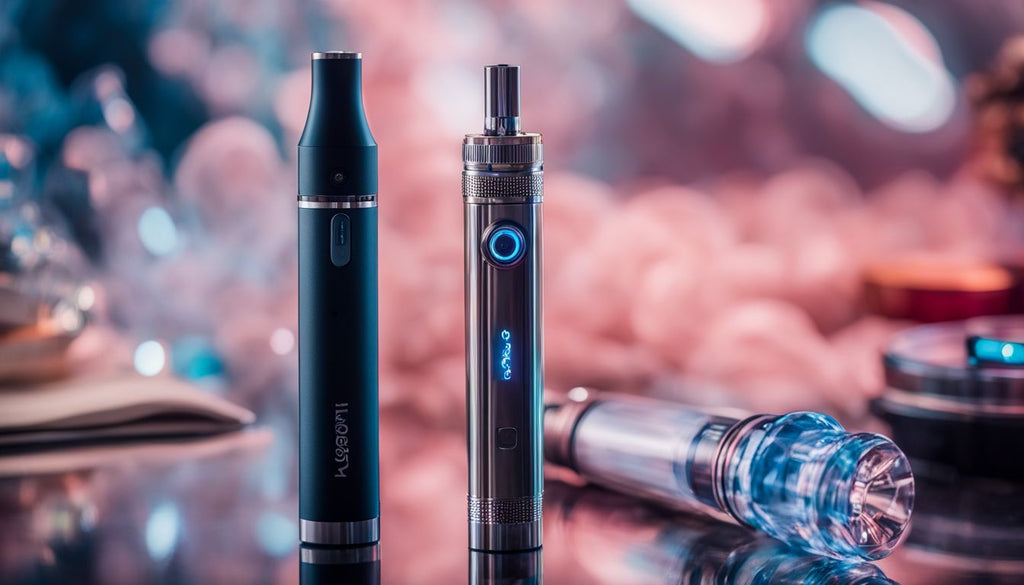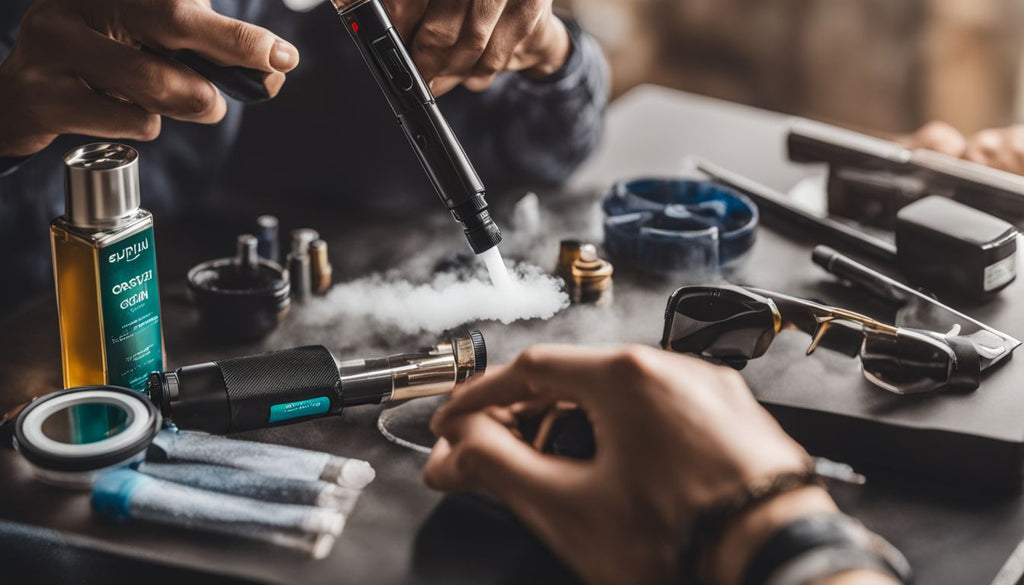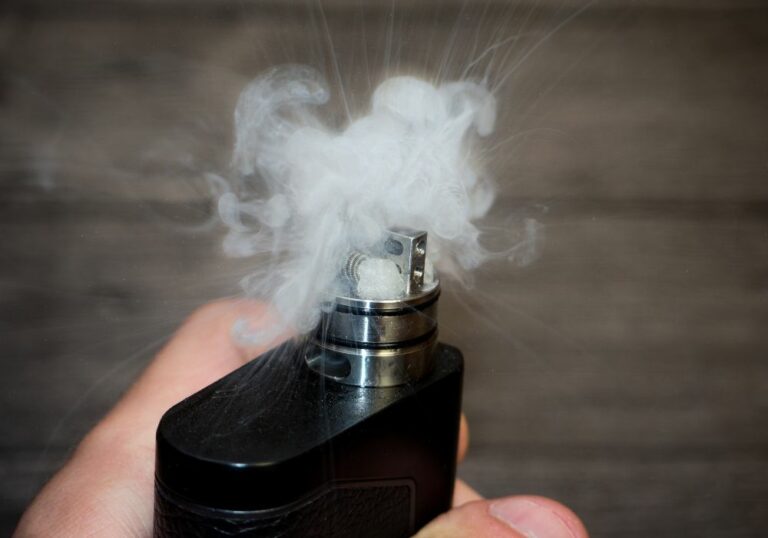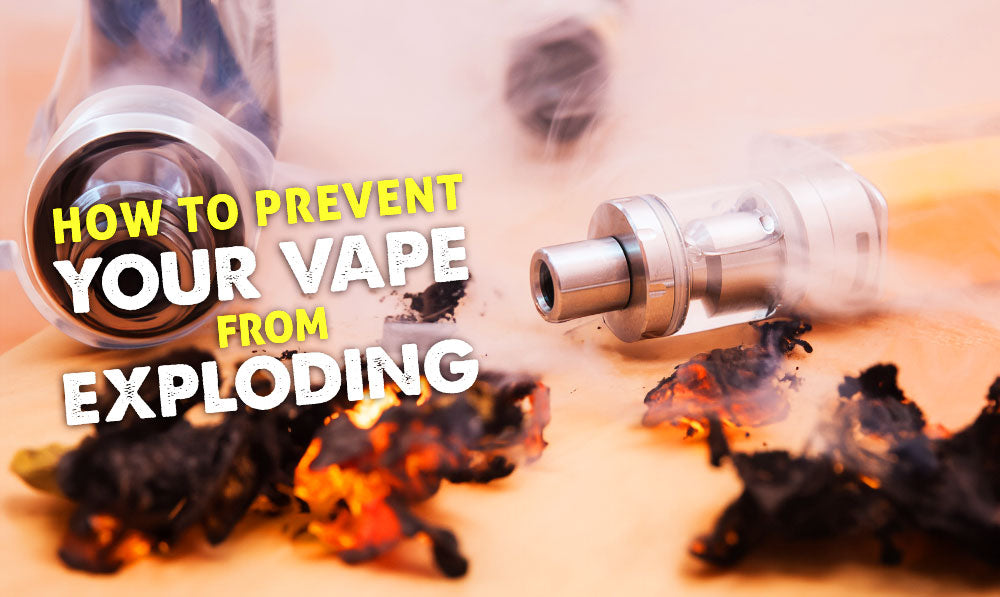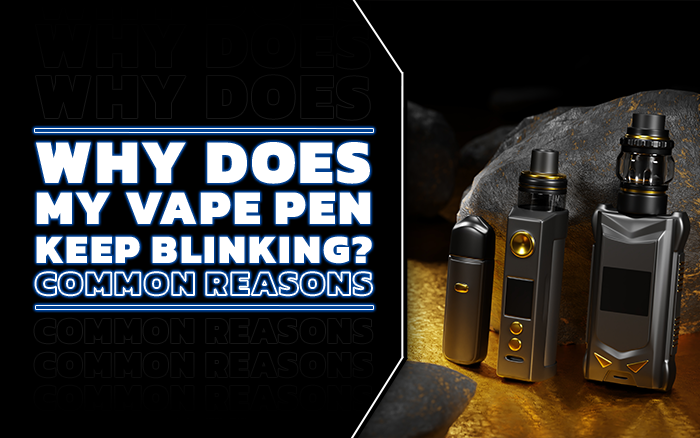Why Does My Vape Keep Clogging

The familiar hiss of a vape pen turning into a frustrating sputter, followed by silence. Clogged vape pens are a ubiquitous annoyance for millions of users, interrupting their experience and leaving them questioning the device, the oil, or even their own technique. But beyond the immediate frustration lies a deeper issue: understanding why these clogs occur is crucial for both consumer satisfaction and potential health implications.
This article dives into the complex world of vape pen clogs, exploring the underlying causes, the different types of clogging, and providing practical solutions for users. We'll examine the science behind vapor condensation, analyze the roles of different vaping materials, and consider the impact of vaping habits. Understanding these factors is the first step toward a smoother, more consistent, and potentially safer vaping experience.
The Nut Graf: Understanding Vape Pen Clogging
Vape pen clogging, at its core, is the result of vaporized oil condensing back into a liquid form within the pen's airflow pathways. This condensed oil, thicker and more viscous than the vapor, obstructs the airflow, leading to reduced vapor production, sputtering, or complete blockage. The causes are multifactorial, involving the composition of the oil, the design of the vape pen, and the user's vaping habits.
This article aims to dissect these factors, providing a comprehensive understanding of why vape pens clog and offering actionable strategies for prevention and resolution. By examining the interplay of these elements, users can take control of their vaping experience and minimize the frustration associated with clogged devices.
The Science of Condensation and Viscosity
One of the primary drivers of vape pen clogging is condensation. As vaporized oil cools within the vape pen's chamber and airflow channels, it transitions back into a liquid state. This condensation is particularly pronounced in colder environments, where the temperature differential between the vapor and the surroundings is greater.
The viscosity of the oil also plays a significant role. Thicker oils, often those with higher concentrations of cannabinoids or terpenes, are more prone to condensation and can create more stubborn clogs. Manufacturers often use thinning agents to reduce viscosity, but the quality and quantity of these agents can also impact clogging.
Vape Pen Design and its Impact on Clogging
The design of the vape pen itself can contribute significantly to clogging issues. Vape pens with narrow airflow pathways are more susceptible to blockages, as even small amounts of condensed oil can significantly restrict airflow. Similarly, the placement of the heating element can impact vapor production and condensation patterns.
Cartridge design is also crucial. Some cartridges are designed with features that help to prevent condensation from accumulating in the mouthpiece. For instance, some cartridges have wider mouthpieces or internal structures that promote vapor flow and minimize condensation buildup. The quality of the cartridge itself can influence airflow.
User Habits and Best Practices
Even with the best vape pen design and high-quality oil, user habits can significantly impact the likelihood of clogging. Inconsistent or weak draws can lead to incomplete vaporization, leaving more oil to condense within the pen. Storing the vape pen improperly can also contribute to clogging.
Leaving the vape pen in a cold environment can accelerate condensation, while storing it horizontally can allow oil to pool and solidify in the airflow pathways. Taking short, shallow puffs, failing to fully clear the chamber, and storing the pen improperly all contribute to increased clogging. Proper storage methods will help the pens remain clog free.
Troubleshooting and Prevention Techniques
Fortunately, there are several techniques that can be used to troubleshoot and prevent vape pen clogs. One of the simplest methods is to preheat the vape pen before use. This warms the oil, making it less viscous and easier to vaporize.
Another common technique is to gently blow into the mouthpiece after each use. This helps to clear any residual vapor from the airflow pathways, preventing it from condensing and forming a clog. Using a thin object, such as a paperclip or toothpick, to carefully clear the mouthpiece is a quick solution. In addition, store the device vertically to keep the oil near the heating element.
Proper storage techniques are also essential. Keep the vape pen in a warm, dry place, ideally in an upright position. If you anticipate not using the vape pen for an extended period, consider emptying the cartridge to prevent the oil from solidifying. It is essential that each vape pen user practice regular maintenance.
The Role of Oil Composition and Quality
The composition and quality of the vaping oil play a significant role in clogging. Oils with higher concentrations of terpenes or other additives are often more viscous and prone to condensation. Similarly, oils that have not been properly filtered or processed may contain impurities that can contribute to clogging.
Low-quality oils may also contain contaminants that can solidify and block the airflow pathways. Purchasing oil from reputable sources that prioritize quality and purity is crucial for minimizing clogging issues. The source of the oil impacts the viscosity.
The Health Implications of Clogged Vape Pens
While the immediate consequence of a clogged vape pen is frustration, there are also potential health implications to consider. Forcing a clogged vape pen can lead to overheating, which can degrade the oil and produce harmful byproducts. Additionally, clogged vape pens can harbor bacteria and other microorganisms, posing a risk of infection. It is important to dispose of broken devices safely and correctly.
Furthermore, some individuals may attempt to unclog vape pens using unsafe methods, such as using sharp objects or excessive heat. This can damage the device or even cause injury. Regularly cleaning and maintaining vape pens, as well as using safe unclogging techniques, is essential for protecting one's health.
Looking Ahead: Future Developments and Solutions
The issue of vape pen clogging is an ongoing concern for both consumers and manufacturers. As the vaping industry continues to evolve, we can expect to see further developments in vape pen design and oil formulation aimed at reducing clogging. Some companies are exploring new heating technologies that minimize condensation, while others are developing oils with lower viscosity and improved stability.
Increased consumer education is also crucial. By understanding the factors that contribute to clogging and adopting best practices for prevention and maintenance, users can significantly improve their vaping experience and minimize the risk of health complications. The industry needs to remain transparent.
Ultimately, addressing the issue of vape pen clogging requires a collaborative effort between manufacturers, consumers, and regulatory agencies. By working together, we can create a safer, more enjoyable, and more reliable vaping experience for all. Further research is needed into the health impact of clogged pens.

